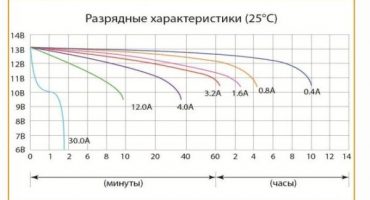- Lithium-ion battery: from device to choice
- What the battery label says
- How to choose Li- on
- How can I charge lithium-ion batteries?
- The production of lithium-ion batteries as an example of a battery plant
- Lithium-ion batteries: overall life with proper storage
- How to properly charge lithium-ion batteries
- The principle of operation of the charger
Battery is the most popular source of chemical energy. Today they are used for cell phones, cars, computers, uninterrupted operation of trains, subways. Batteries come in many sizes and shapes. The largest battery reaches 2,000 meters squared. Located in Alaska in the city of Fairbanks. In the case of turning off the light, it is able to provide heat to the energy of about 12,000 houses for 10 minutes. Large batteries have more components and last longer than small batteries.
Lithium-ion battery: from device to choice
A lithium-ion type battery is also called a chemically complex current source. Li-on consists of a liquid electrolyte, lithium ions, carbon. Devices are cheap, unpretentious, easy to maintain, rechargeable, but some are not safe due to the lack of a controller mechanism in the structure. In stock Li-on there are 1000 cycles of additional recharging. The first ion battery was released by Sony in the 1970s.
What the battery label says
The two numbers in front indicate the diameter, the next pair of numbers indicates the length of the battery.
Li-on letter system reveals the chemical composition of the device and technology:
- The first letter I indicates that the technology is represented by the lithium-ion production method.
- The 2nd letter C, N, M, F corresponds to the chemical composition.
- N is a nickel-manganese element.
- C - Cobalt.
- F - Iron phosphate element.
- M - Manganese.
- The last letter R indicates that the battery can be recharged repeatedly.
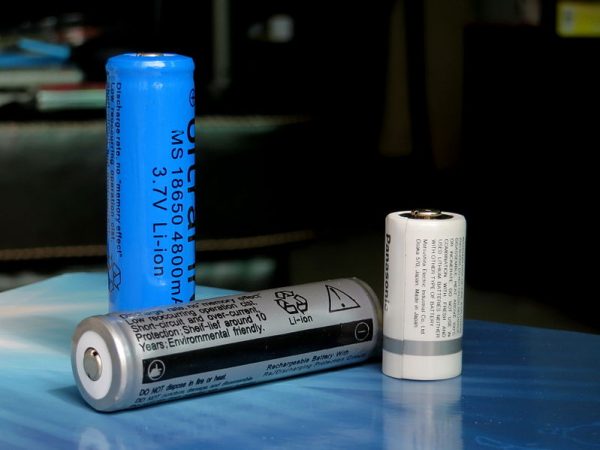
By marking the battery, you can reveal detailed information about the expiration date and the country of manufacture
The production date is indicated on the protective film of the battery, but is encrypted in the form of a code that is in a certain sequence of numbers and letters. Each manufacturer has a different code. Knowing the location of the code and the type of digitization, you can easily find out the release date of Li-on. We give an example on the model 18659 LG. Battery manufacturing date 18659, encoded in the first four digits in the second line of the cipher.
Year 18659 LG is encrypted in the first letter of the code:
- T - 2018
- S - 2018
- P - 2016
- – 2015
- N - 2014
- M - 2013
- L - 2012
- K - 2011
- J - 2010
The release day can be found in three digits after the letter. The numbers must be counted from January 1 to December 31:
- 01 - 031 - January;
- 032 - 059 - February;
- 060 - 090 - March;
- 091–120 - April;
- 121 - 151 - May;
- 152 - 181 - June;
- 182 - 212 - July;
- 213 - 243 - August, etc.
Batteries are very sensitive to overcharging and deep discharge. So that the battery does not break prematurely, the manufacturer releases them together with the controller (it looks like a microcircuit). The controller does not allow problems with recharging and discharging up to 0%, protects the battery from spontaneous combustion, explosion, melting, and regulates the temperature inside the battery.
Some manufacturers save on introduction to the control enclosure. Therefore, until now, the batteries explode, burn out. Also, they are not recommended to charge more than 3 hours. Upon reaching 100% energy balance, you must immediately disconnect the power supply from the mains.
How to choose Li- on
The first step is to determine the battery manufacturing time.Since when storing the battery for one year without work, 4% of the capacity is lost. You can independently calculate the shelf life of a standard lithium-ion battery. Do not purchase goods if about 2 years have passed.
If in doubt about the health of your charger, we recommend choosing protected batteries. Some devices do not automatically stop the charge on their own. It is extremely dangerous to recharge unprotected batteries; they can explode and swell.
It is necessary to pay attention to capacity. If the packaging indicates a capacity of more than 3600 milliamps of hours, type size 18650, then this is a fake. This does not exist.
There are several types of lithium-ion batteries on the market:
- Lithium Manganese It is used in mobile electronics.
- Lithium-nickel-manganese-cobalt oxide battery. The presence of manganese provides low resistance inside. It is used in the creation of power tools, power units.
- Cobalt lithium. The element is adapted to create batteries and mechanisms for cameras, mobile phones and computers. Disadvantages - short shelf life, limited capabilities.
- Lithium titanate. It is very expensive, but there are pluses: safety, quick charge, shelf life of 6 years. Batteries regulate the operation of street lamps and are used in the manufacture of automobiles (Mitsubishi, Honda).
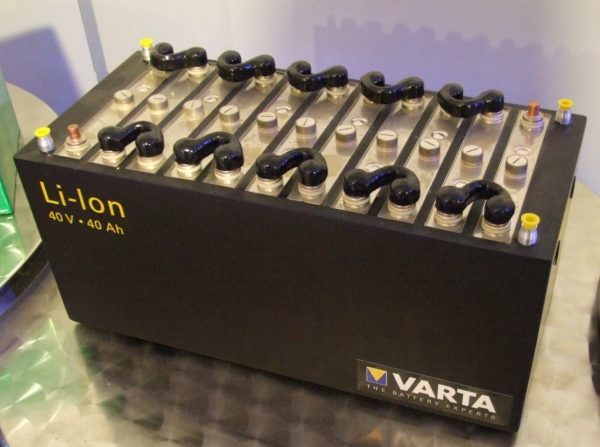
Battery for cars
How can I charge lithium-ion batteries?
Such batteries need to be charged before they are fully discharged when 14-12% is displayed on the screen of the device. Charge up to 80-90% of the device’s energy. Try to prevent overcharging and strong discharge.
The production of lithium-ion batteries as an example of a battery plant
Russian industrial plants produce 3 million of these devices every day. The brief battery manufacturing process consists of four steps:
- The manufacture of electrodes.
- Their connection to the battery, complete with a protective film.
- Packing in the outer shell, impregnation with electrolyte.
- Quality control, testing, charge.
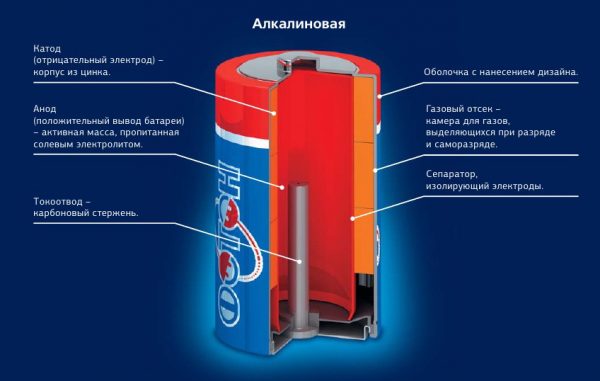
Battery device
Production Order:
- Copper foil acts as an anode, previously a thin layer of graphite is applied to it. Aluminum foil with a layer of lithium serves as a cathode. The main components of the battery: the housing in which they are placed, the cathode, anode, a paper separator placed between the cathode and the anode so that they do not touch. The cathode is the first thing that is placed in the battery, it consists of manganese dioxide and graphite. Workers load 1800 tons of bags of these materials onto platforms.
- The hydraulic mechanism shakes out all the grains of the cathode from the bags to the last in the tank. Then the material passes through the pipes and enters the mixing zone. A computer program controls the valves to fill the right amount of powder for the future cathode. Graphite, when stirred in the apparatus, creates a lot of dust, since it weighs lighter than air. The resulting cathode mixture (graphite manganese dioxide) is conveyed to the cathode press zone. Here, a forming machine presses the powder into round, empty pallets.
- Nickel-plated steel housings made in another factory come from the other side. They move in a row along the conveyors until they meet the cathode pallets. A mechanical device pushes three pallets into each casing. After installing the cathodes, these tubes fall onto the magnetic conveyor and move to line D. Then you need to place the paper cylinder inside the cathode, otherwise, when using the finished battery, a short circuit will occur. The paper will separate the anode and cathode. A piece of paper also spreads to the bottom of the battery, visually a paper cup is obtained. Paper serves as a physical barrier between positively and negatively charged ions so that they do not come into contact with each other when plugged into any device.
- Before filling the anode, a few drops of lithium or potassium hydroxide must first be added to the paper cup. It is an electrolyte, that is, it conducts electricity in a battery. Wait 15 minutes for the substance to soak into the paper. After filling the anode, the batteries go to the manufacture of a current collector. The current collector is a nail welded to the steel head of the battery. When the battery is attached to the conductor (the device is a “nail”), the lithium-ion battery accumulates electrons in the anode and sends them through the same device back to the positive part of the battery. Electrons flowing through the nail leg allow the battery to run smoothly.
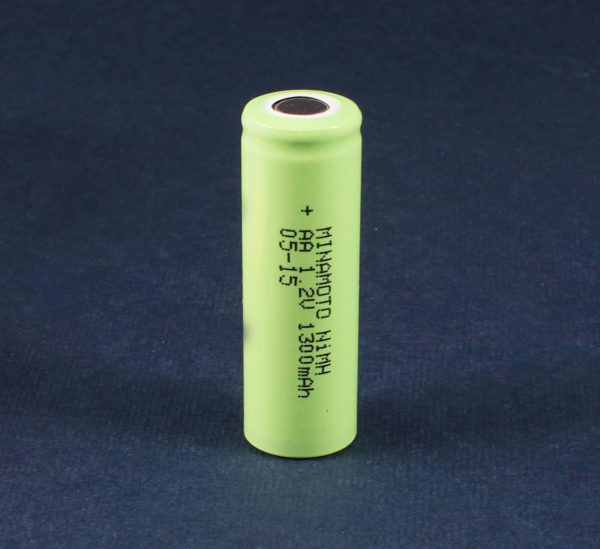
The current collector is at the bottom of the battery
- Tin plated brass wire is sent to the sedimentation machine. The blade inside it cuts the wire into 3 cm pieces. Then, the cold shrink machine makes a hat at the end of each piece. Finished nails pour out at the other end of the pipe. And then they get on the conveyor, he also dumps them into a rotary vibrator. Nails are sent to a conveyor for assembly of slip rings. Here they move in a row to reunite with the heads. An automatic welder welds the heads of nails. And the magnetic conveyor sucks the finished parts. Sends them to assembly line D.
- Testing. Each battery passes through a rotary device that checks voltage and amperage. Batteries that fail the test are blown away by air. The mechanical distributor is placed in a box, goes further to the shutter speed. They need to stand a little for the substances to settle. The exact exposure time is regulated by the manufacturer. A steel press prints caps for the positive end of the battery, which is then welded to the battery. Hats are made of magnetic steel weighing 1800 tons of kilograms. Steel gets into the press.
- Label. Stickers insulate the conductive surface of the battery so that no touch can reduce it.
- The factory laboratory checks the batteries for leaks, accelerating aging by using a stove in another part of the factory. All batteries undergo three types of control conditions: high temperature, humidity, and a temperature cycle check, in which the temperature changes from high to low to minus 29 degrees. Verification is performed daily.
Lithium-ion batteries: overall life with proper storage
The service life is from 7 years with proper operation. If there is a preservative in the battery (it also allows you to store it without a charge for 2 years), then before full use, the battery should be discharged and recharged several times. The battery acquires new properties. The harmful electrolyte decays, the battery regains its original capacity. Unlike batteries with preservatives, simple batteries deteriorate after 1.5 - 2 years, if not used on time.
How to properly charge lithium-ion batteries
In order for the battery to last for many years, you must not allow a complete discharge of the device. It is also not recommended to fully charge up to 100 percent. A battery can age quickly and lose capacity.

The device needs to be charged no more than 2 - 3 hours
Store Li-on at a temperature of 15 degrees, recharge to 50%. If you adhere to this rule, the battery will be capable for 10 years. If the battery has been in frost for more than 5 minutes, you cannot immediately connect it to the network, it must be thawed by lying at room temperature for 30 minutes. Store near heating appliances and at elevated temperatures (from 18 degrees) is highly undesirable. In such conditions, the battery begins to age, loses its functions. The battery should be charged by the device, only provided in the kit of the native device. You can recharge lithium-ion batteries through a portable device, it is not recommended by a laptop.Lithium batteries must be charged without waiting for the phone or laptop to turn off.
The principle of operation of the charger
When the plug is connected to the network, lithium ions in the battery will move randomly, with each passing minute there are more and more of them. When the battery is 90% charged, the load current will decrease, LED 1 will turn off, LED number 2 will turn on. If the charger cable is disconnected two hours after the full charge battery will begin to deteriorate gradually.
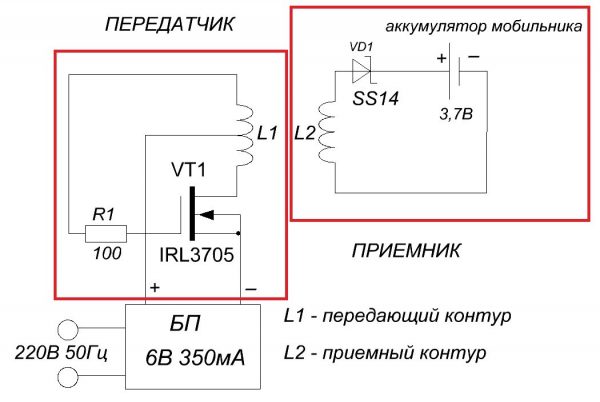
When charging the device should not be long breaks
Li-ion batteries are stored for a long time in a dry place at room temperature. During operation, it is necessary to take into account the recharge properties of not more than 4.35 V. The minimum value is not less than 2.3 V. Do not allow the device to be completely discharged. Store in a dark place at a temperature not lower and not higher than 0 degrees, with a charge of 50 percent. Charge and discharge the battery at least once a month. If the battery has not been charged for more than a year, it is recommended that you recharge it to 50% several times and discharge it. Store LI-on from physical and mechanical impacts from shock, thermal substances.
How can I charge a deformed battery? Such a battery cannot be charged; it must be discarded.
Each battery is a small power station that generates energy for more than 12 hours. In order to extend the quality and useful properties of the device, one must fulfill and know the above requirements.

